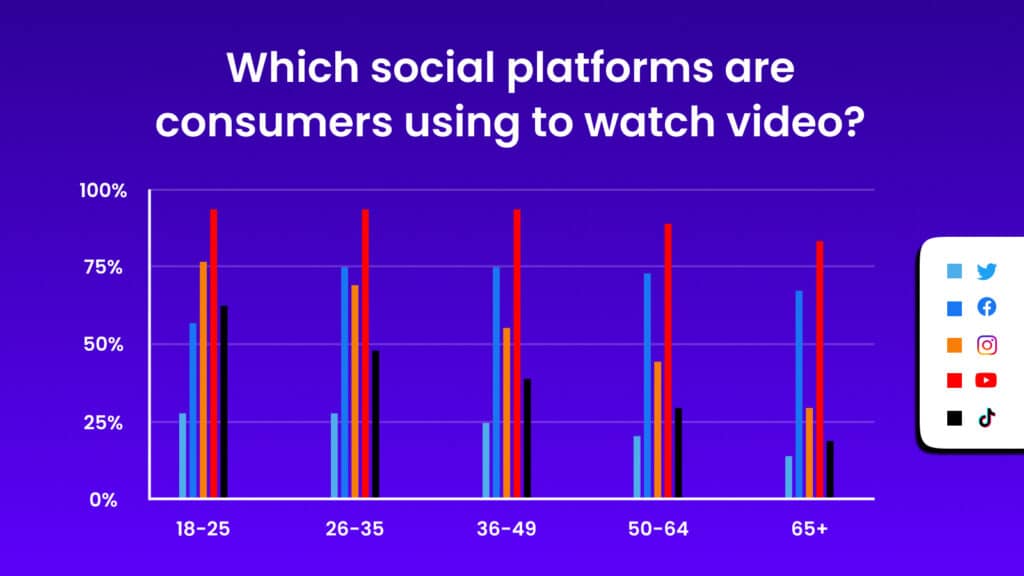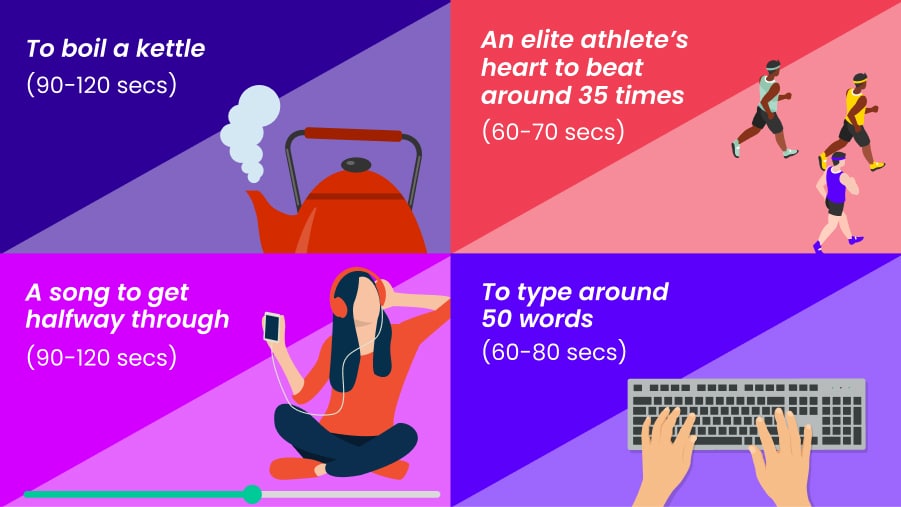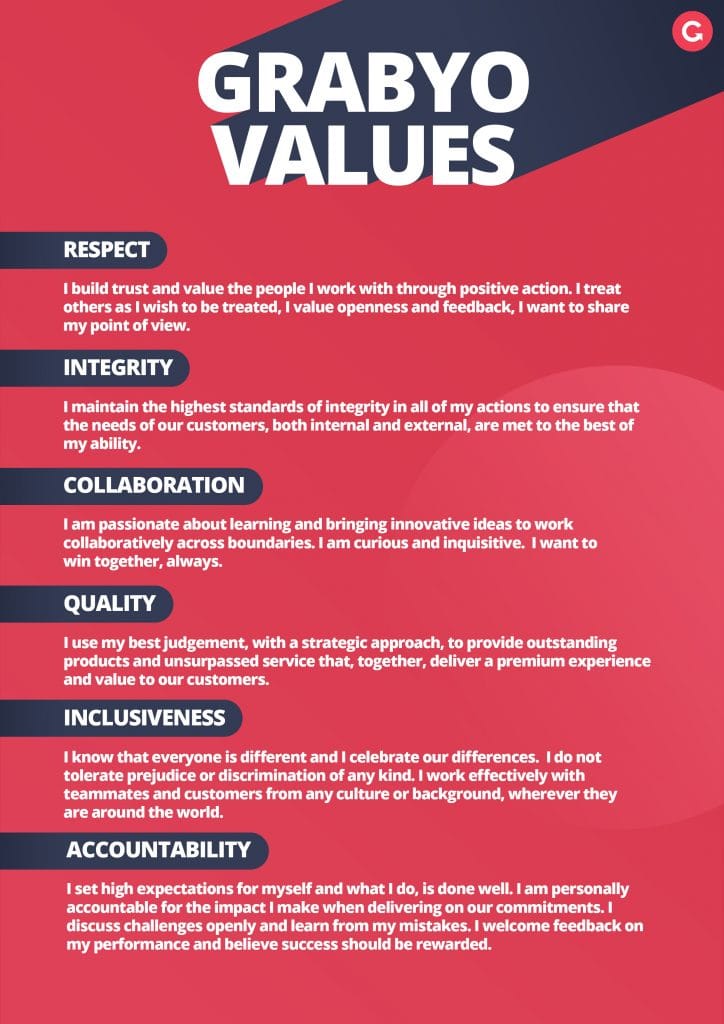
5 steps to create a D2C social media strategy for sports broadcasters
Gone are the days when social media platforms were used as purely networking tools. Today, every major social platform is considered a free-to-access video content channel in the eyes of consumers – especially sports fans.
Not only has social media become a fully-fledged content channel, it has become the primary FTA video channel for consumers. Equipped with an effective D2C social media strategy for sports, you can grow your reach, engagement and revenue opportunities exponentially.
Skip ahead:
- Identify your channels for growth 📈
Find out which platforms are used most often for each demographic to build effective targeting. When targeting fans around and below the age of 26, you need to evaluate your opportunities. - Define your content strategy ▶️
Get suggestions for content formats and the platforms where they most resonate with fans. We cover two general types of output: Live (including near-live and real-time) and non-live. - Build a fast publishing workflow ⏱️
Gain tips on how to speed up your workflows to publish content at the right time to every channel, and reach a target of 60-seconds-to-market. - Focus on human storytelling 🤖
While AI platforms can reduce the manual processes in the content creation workflow, automated publishing is not a silver bullet for fast and successful social media content. Learn how to create content that works. - Monetize your video content 💰
Once you have positioned your social channels as a primary destination for content, see how to generate revenue through sponsorship, advertising and brand marketing.

Over 60% of global consumers use social media to watch video content regularly, eclipsing FTA TV on 32%, and even pay-TV on 34%.
The decrease in pay-TV purchasing and use in younger generations is even more prevalent, but there are ways to capture and monetize this demographic – keep reading!
For broadcasters, social media is a free-to-use D2C channel, with global reach and an engaged audience. You have complete freedom and flexibility over your channel, which brings an almost unlimited amount of opportunities for personalization, fan engagement and monetization.
So how can you create a successful D2C social media strategy for sport that satisfies the aims of your marketing, social and digital teams?
1: Identify your channels for growth
This should answer questions like: Should we start a TikTok account?
Your teams should have an understanding of your base audience, but where are your opportunities for growth?

As you can see in the above chart, platforms such as YouTube and Facebook are a must for reaching audiences across every demographic.
However, when targeting fans around and below the age of 26, the picture starts to shift.
Instagram and TikTok become major platforms. The growth of TikTok is no secret (which is why we were excited to be a launch partner for the TikTok publishing API). Reportedly over 40 million people use TikTok daily.
The launch and growth of Instagram Reels has led to 2.35 billion people interacting with Reels every month. (Yes, we also made sure to get involved in publishing Reels, too).
So what does this tell you?
If you’re looking to penetrate younger fan demographics, you should seriously consider Instagram and TikTok as viable channels.
But it must be a considered approach. Yes, you must optimize content for vertical and square viewing, but you must also consider the tone and successful content styles of these platforms.
2: Define your content strategy
You will have specific content pillars and objectives for your brand to accomplish, but for now, we will delve into two general types of output: Live (including near-live and real-time) and non-live.
Live content is what you should create when the action is happening. Let’s say you’re broadcasting a live football match, cycling stage or qualifying lap over your linear broadcast channels. How are you reaching fans across digital and social who can’t watch live?
Real-time clips and highlights are your gold dust. On social media, engagement peaks when events are live – fans want to see every moment as it’s happening. You need to be the one to reach them first, wherever they are – which is why an agile, multi-platform approach is key.
Non-live content is what you should use to create regular touchpoints with fans. This could be memorable moments, lookbacks, highlights compilations of previous events or behind-the-scenes and interviews. The timing of non-live content is less critical, but it’s essential in any D2C social media strategy to maintain your brand’s presence.
Where should I post sports video content?
Here are some suggested destinations for your different content types.
Format | Real-time clips | Highlights compilations | Clips of memorable moments | Interviews/Press conference clips |
Platform | - Facebook Stories - Instagram Stories | - YouTube | - YouTube - YouTube Shorts - Instagram Reels - TikTok | - YouTube -YouTube Shorts - TikTok - Instagram Reels |
These are based on the success that our clients have seen. You may find different formats begin to resonate on other platforms – it’s a test-and-learn approach using views and engagement metrics.
As you can see, there are many opportunities to repurpose and distribute content across multiple platforms, reaching multiple audiences, all you need to do is build a workflow that allows you to do this quickly, easily and at scale.
3: Build a fast publishing workflow
When it comes to near-live or real-time video content, it’s not just about delivering it to the right place. It’s about timing. Speed to market is critical for your D2C social media strategy.
If you’re not first, someone else will be. When a big moment happens, within seconds fans are looking for the clip on social media.
Even as the rights-holding broadcaster or sports team, you are competing with fan and fan-run accounts, other media organizations and others to be first. The one that gets there first is the one that goes viral.
Disregarding your competition, if too much time passes before you publish, fans will have stopped looking, or gone elsewhere. The window passes very quickly.
How quickly should I publish a clip?
You have around 60-90 seconds to publish a clip before you miss the window of piqued interest from fans, or you are beaten to the punch.
You need to be faster than the time it takes:

How can I publish clips faster?
Publishing clips faster means building a workflow that is seamless, scalable and supports publishing in multiple formats and aspect ratios.
The traditional method of clipping, passing content through multiple editing suites to reformat and reoptimize takes too long and requires too much resource.
Grabyo Studio is the world’s fastest live clipping, editing and publishing platform built for social and digital teams. And because it’s cloud based, your teams only need a browser to access it.
You just need to set up your live feed ingest once – this can be a clean or dirty feed from your broadcast facility, on-prem setup or elsewhere.
In five steps you can create and publish a clip in around 60 seconds:
- Quickly set in and out points of your clip
- Choose your aspect ratio with two clicks
- Write a social message
- Choose your destinations (you can deliver to multiple simultaneously)
- Hit publish
You can then go back, choose a different aspect ratio, and publish the clip to further destinations with the same, or a new, social message.
This workflow can work with a large team, or even a single operator.
4: Focus on human storytelling
The experiences that drive emotion and excitement for fans lie not only in the key moments but also, perhaps more importantly, in context.
The contextual narratives of sport are nuanced – think about rivalries that develop, unexpected moments of brilliance or catastrophe that set off a chain of events, or an incredible moment from the crowd.
Perhaps the most famous of these moments was when ex-footballer David Beckham caught a stray ball at Wimbledon in 2015.
David Beckham is celebrating his birthday today 🎂
— Wimbledon (@Wimbledon) May 2, 2017
Time to relive that catch…#Wimbledon pic.twitter.com/hPLTCekxwz
The original post by Wimbledon rapidly garnered 8 million views in the following days and an organic reach of 30m. The moment is still re-lived and talked about today.
What does this tell us? You need to capture every story within a story.
As AI and automated workflows are advancing in many areas of content and business, one aspect where AI clipping platforms often fall short is capturing the raw emotion and storytelling elements that are critical to engaging sports coverage – both on and off the pitch.
While AI platforms can reduce the manual processes in the content creation workflow, as it stands automated publishing is not a silver bullet for fast and successful social media content. Focus on empowering your teams with the right tools to create content, and stories, at scale.
5: Monetize your video content
The final step. Once you have positioned your social channels as a primary destination for content, hitting the right platforms at the right time with optimized content, you’ll have grown your visibility and reach among fans.
Here are some ways you can turn an effective D2C social media strategy into a revenue engine.
Sponsored content
There are two ways to generate additional sponsorship revenue from social content.
You could roll your social content into existing sponsor agreements and provide additional inventory, bringing increased exposure for your partners. Increased visibility with live live social content should increase the value of your sponsor contracts.
There is also the opportunity to partner with additional sponsors for specific campaigns, events or content segments that align with their brand. Once again, the value of your content lies in how effective you are at reaching audiences.
Using Grabyo you can also overlay sponsor branding on social video, or insert sponsor-branded pre or post-roll bumpers.
Advertising
Take advantage of native social advertising across Twitter, Facebook and YouTube.
Using Twitter in-stream advertising, you can partner with a specific brand to trigger advertising over your videos. Or sign up to Twitter open advertising and generate revenue each time an ad is played on your content. More views = more money! (Read more here.)
Alongside similar advertising options on Facebook, you are also able to take advantage of Facebook Branded Content, and tag your sponsors in posts to drive traffic to their channels. (Read more here.)
YouTube also has custom monetization options, allowing you to run ads on your content. (Read more here.) Grabyo also supports native YouTube Content ID, to protect your IP.
Marketing
As we have mentioned, your brand will have its own specific objectives and OKRs – this is the stage you start to put all of your content to work.
Drive subscriptions and linear viewership with promoted content, run stingers and graphic ads over content to drive home your CTAs.
Cross-pollenate your channels and campaigns with content promotion using clips and highlights packages. Once you’ve built an inventory and a social audience, the possibilities are endless.
Stay in touch.
Join over 10,000 media professionals and register to receive our monthly newsletter directly to your inbox!
